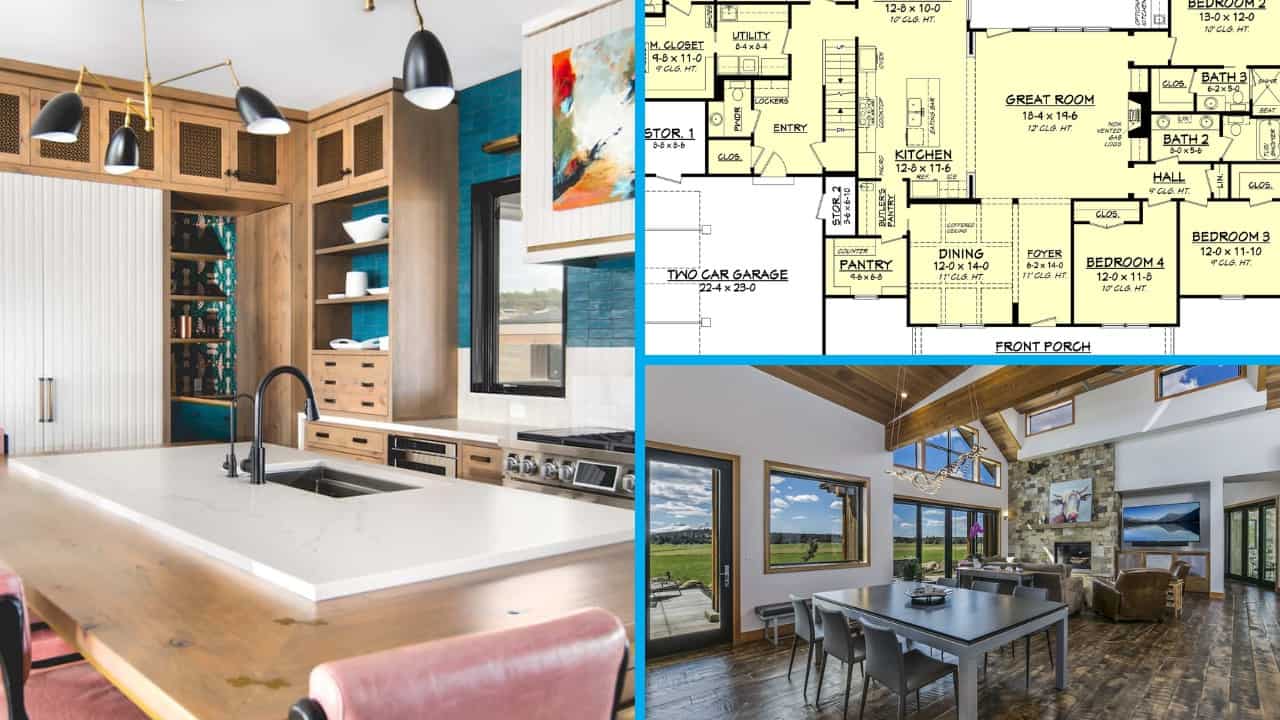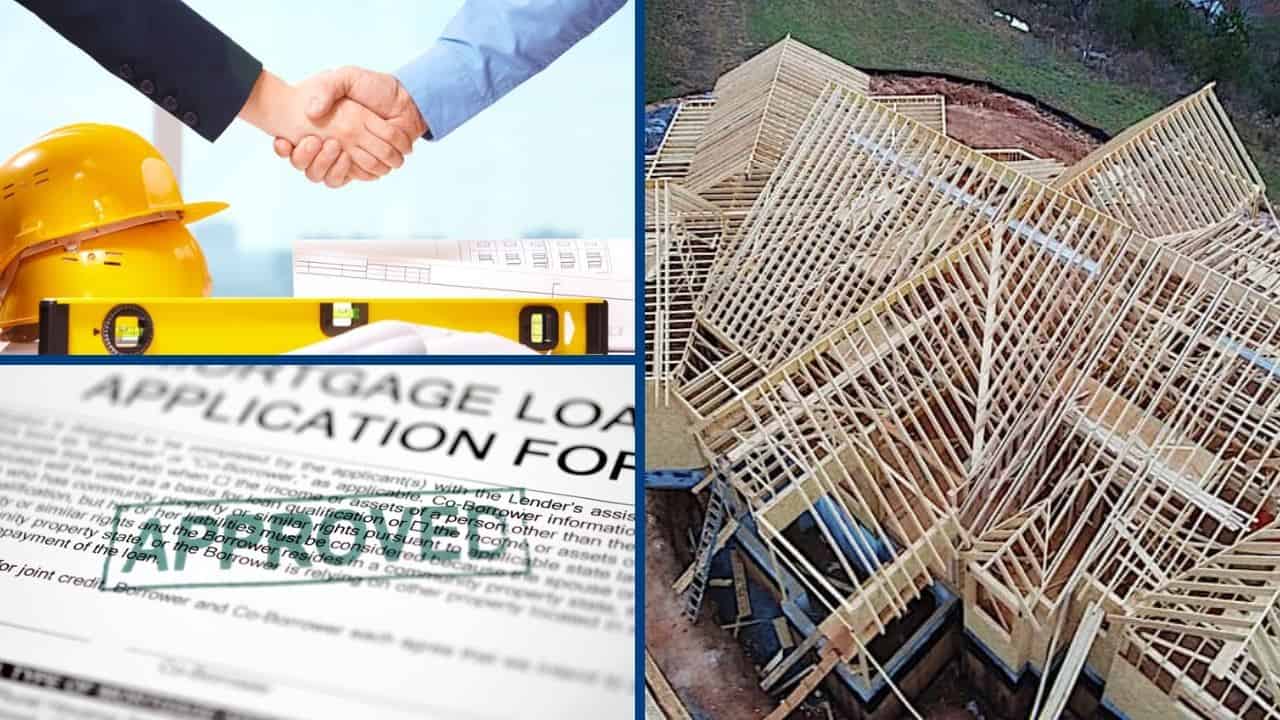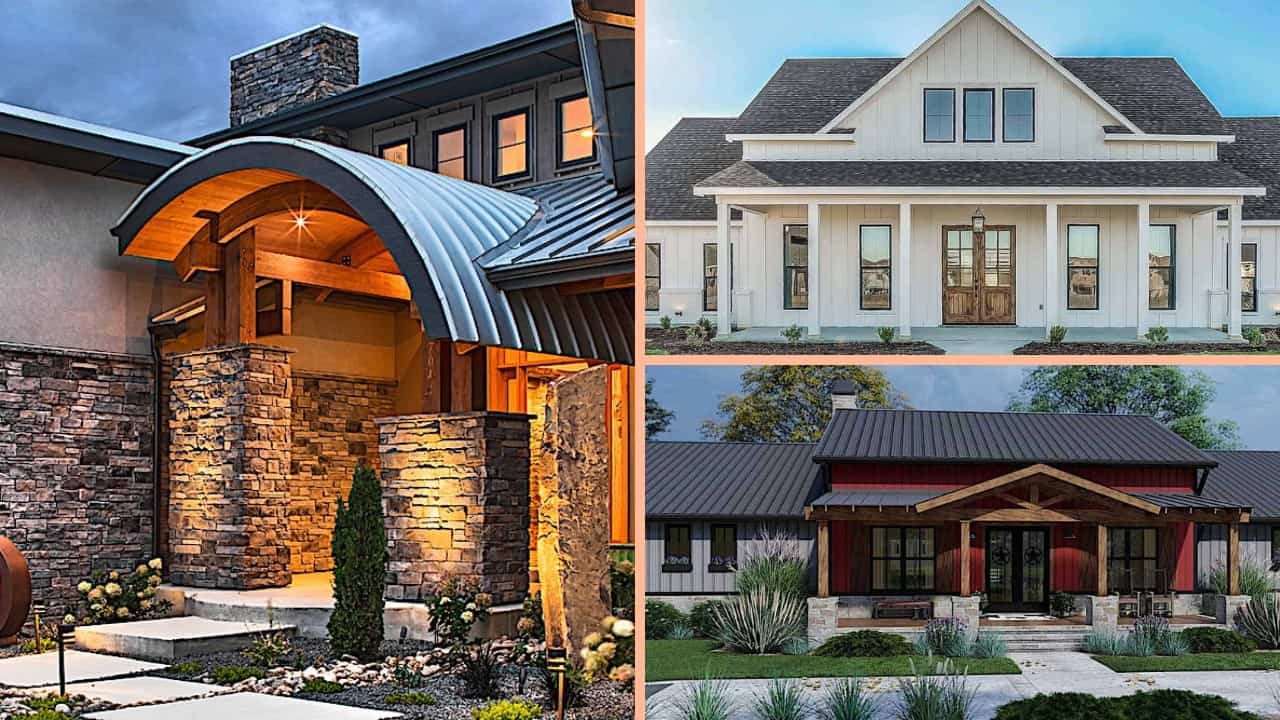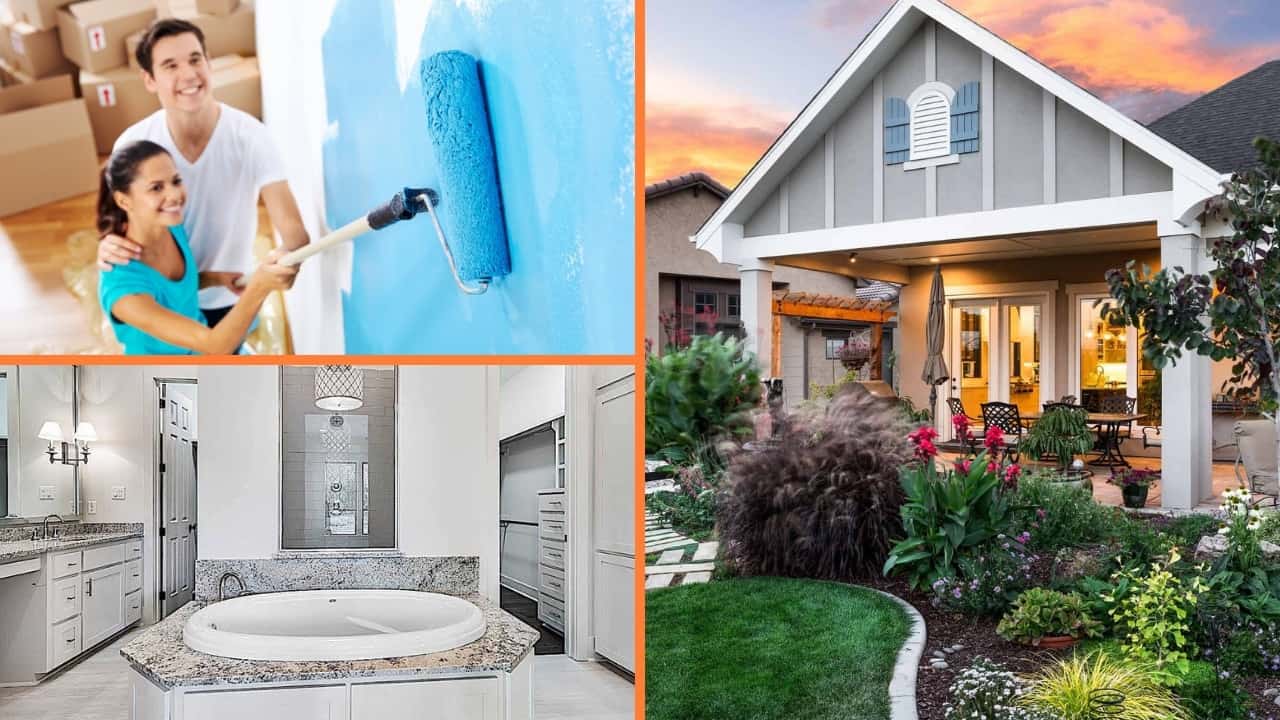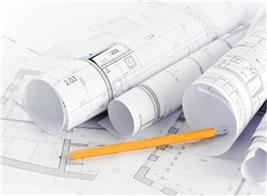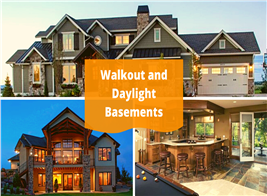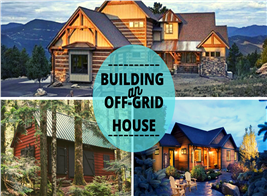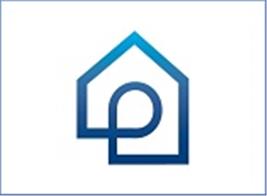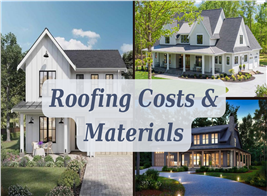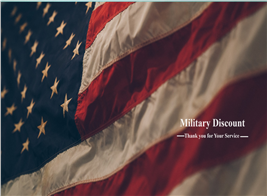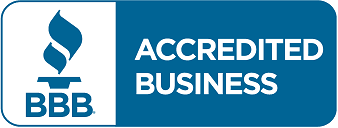Like the Look of Stucco? You Need EIFS
By Tim Bakke | Updated May 17, 2022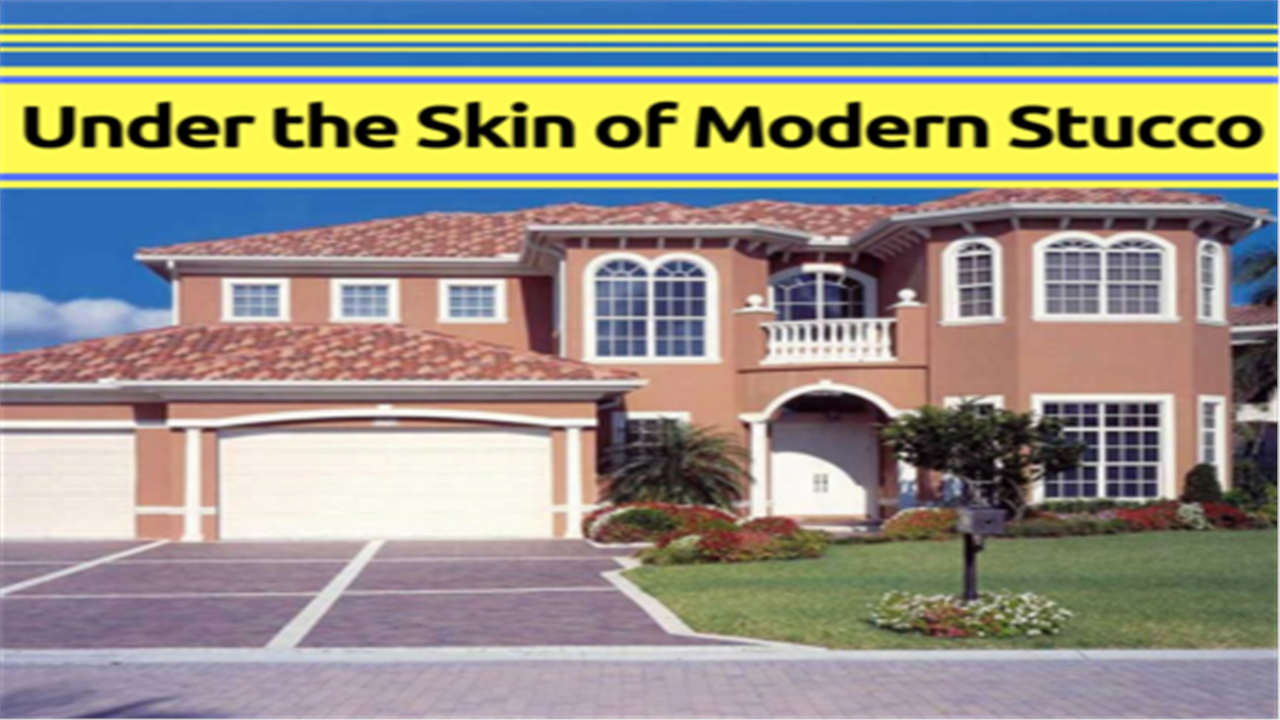
The exterior cladding on your home (siding, fiber cement, stone, paint, etc.) is done, for the most part, to improve the exterior aesthetics of the building. Curb appeal is a very important part of your propertys market value. Having a beautiful exterior creates the first impression of your home and often must meet homeowners association standards as well as city building codes.
As properties strive for maximum energy efficiency, however, the role of the exterior cladding is pivoting a bit. Materials still must be pleasing to the eye, but they should also create a barrier for protection against the elements. Some of the biggest energy losses in a home come from air escaping through inadequate exterior cladding.
Some materials have obvious natural insulating and temperature-regulating properties and excel at battling the weather, like brick or stone, but they are also very costly. A form of modern stucco – called Exterior Insulating and Finishing System (EIFS) – withstands the elements, is energy efficient, and not surprisingly, is growing in popularity. This is not only a stylish material that mimics traditional stucco, which has been used on many different types of homes for decades, its also one of the most versatile and easy to install products in the industry.
First, What Is Traditional Stucco?
Stucco is a material made of many different aggregates – sand, cement, lime, and water – that are bound together. When mixed it resembles concrete or mortar, is troweled on wet, and hardens to a very dense solid. The material is applied in three coats (scratch, brown, and finish) over a vapor barrier that protects the underlying sheathing from any moisture that might seep through. Stucco can be applied directly over concrete blocks / bricks or onto sheets of metal mesh wires that assist with adhesion over wood sheathing. Stucco is decorative because of the multiple pattern styles available, but the material is also weatherproof. Traditionally, stucco has been used on Mediterranean, Spanish, and some European style house plans.
How is EIFS Stucco Different?
An EIFS installation bears a striking resemblance to stucco, but whereas the latter is a mixture of sand, cement, lime, and water, EIFS is actually a multi-layered system of synthetic components. EIFS is installed first with an insulation board (expanded polystyrene, for instance) that is adhered to the exterior wall surface (sheathing) to provide insulating properties. Reinforcing mesh and a base coat go on top of the insulation for reinforcement and to serve as a surface for a primer and the final coat to attach to. The acrylic finish coat is durable and crack resistant and supplies the aesthetic value for the installation.
An EiFS system can reduce air leakage by up to 55% compared with brick and wood. Like most cladding, however, an EIFS is not a structural wall and thus is not load bearing.
Most people are familiar with the rough stucco finish that has almost become the materials trademark, and EIFS can be finished in a similar way. Other patterns available include smooth, patterned, or pebbledash, which is created by sticking small rocks onto damp stucco or EIFS top coat.
There are a few states in the U.S where home plans with EIFS/stucco exteriors are the norm, including California, Nevada, Arizona, New Mexico, and Florida. What these areas all have in common is a hot, dry climate where A/C use is frequent. (In the case of California, stucco is also flexible and lightweight, so it may be safer in earthquakes.) It would make sense then that stucco is a very energy efficient siding material.
Whereas traditional stucco does not increase your homes walls R-value (though it does reduce air leakage), that is a main selling point of EIFS. A synthetic EIFS wall stucco contains a layer of (usually) expanded polystyrene, which deliver an insulating value of between R-3.8 and R-19.8, depending on the thickness of the foam panel.
Why Professional Installation Is Key
Although they are an effective siding material in the home aesthetics and insulation department, stucco EIFS systems are not without their concerns. One of the assets is the tight seal that reduces air loss, but this also can be problematic if water that enters becomes trapped and has no way to escape. The outer EIFS shell must form a perfect barrier at all times and the area between the insulating foam and the home’s sheathing must be able to drain excess moisture, which is why the system should be installed by a trained pro. Because EIFS is still growing in its wide scale acceptance, finding qualified contractors can also be an issue.
Theres no doubt that if you like the look of stucco, an EIFS system will appeal to you. It is an energy efficient cladding alternative that provides you comfort and a long life span. Do your research before hiring a contractor, however, as having the system improperly installed can bring more headaches than an air leak. Let us know about your experience with EIFS inth ecomments section below.
Footnote: The lead image is of a 5-bedroom, 5-bath Mediterranean style home plan (House Plan #107-1029). For more information, click here.
